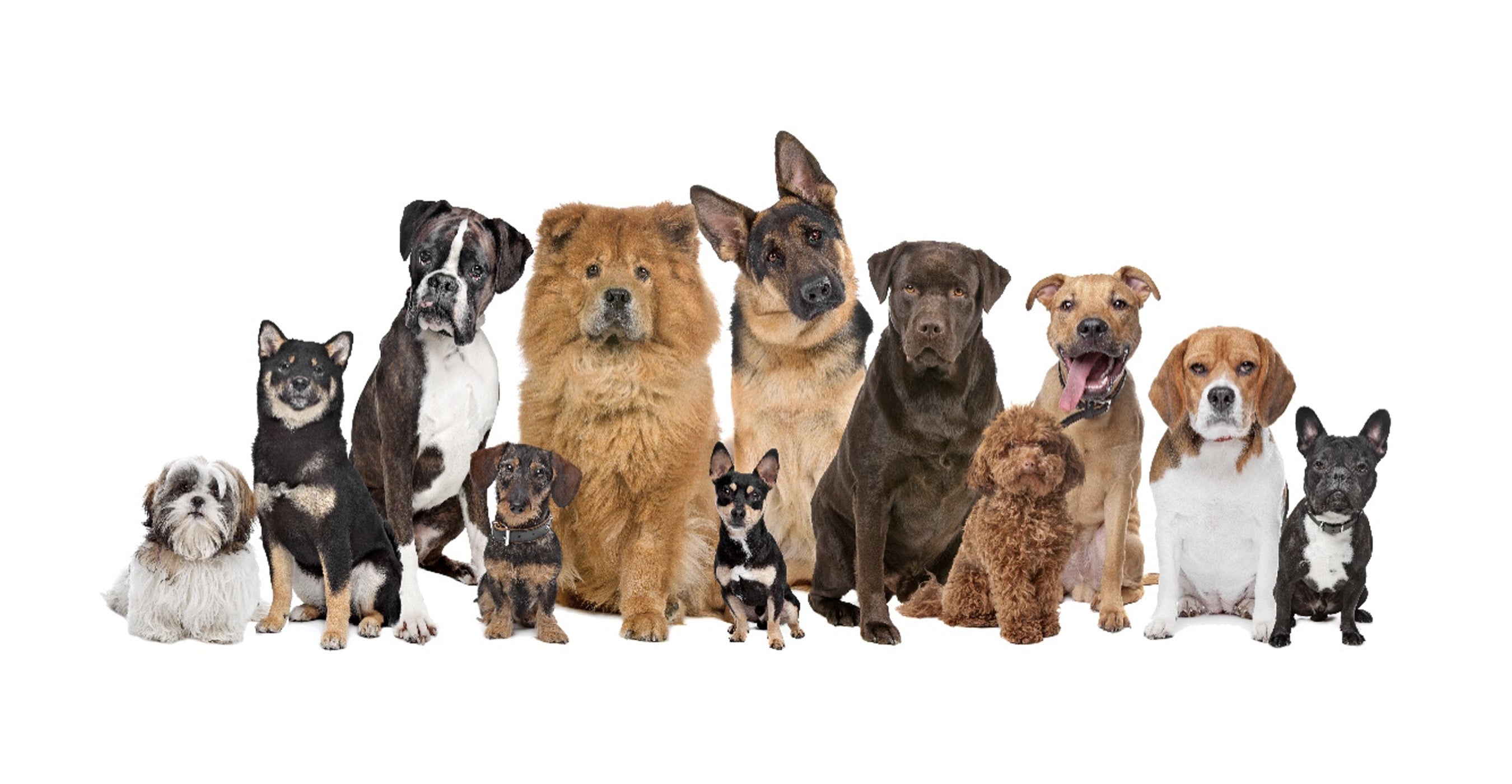
Raw bones are a great way to clean your dog's teeth, provide essential calcium and phosphorus, and satisfy their natural urge to chew.

Natural pet food is free of growth hormones and antibiotics that are routinely used in the production of commercial pet foods.
Pet food is a booming industry, but the vast majority of commercial pet food is loaded with ingredients that are bad for your pet’s health. There are two main reasons why this happens:
- Growth hormones and antibiotics are used to make conventional commercial dog food cheaper and more efficient to produce.
- Homogenization, a process that breaks down fat into tiny particles, makes the meat look better than it actually is.
These practices create unhealthy treats for your pets—and they may even cause serious problems later in life. By switching to natural dog food, you can ensure that their diet consists of high-quality animal protein without any additives or chemicals (like growth hormones) added in! This way, you give your dog a healthy, happy, and long life.
Raw foods and supplements can boost your senior dog's health.
If your dog is older, you might be wondering if they can adjust to the raw food diet. It’s important to remember that every dog is different and will have different needs for good health. Many older dogs are more likely to suffer from chronic health issues, but even those who do not should be given a chance at getting the most out of their life by providing them with adequate nutrition.
Here are some tips on how you can provide that high-quality nutrition through raw foods and supplements:
- Raw foods: Meaty bones are an excellent source of vitamins, minerals, and other nutrients which support good health in seniors. When choosing meaty bones for your senior pet’s meal plan consider ones with smaller pieces so they don’t become lodged in the throat or stomach causing harm. If these concerns aren’t an issue then go ahead and give them whatever type makes sense for your budget!
-
Supplements: There are many supplements on the market today claiming they can make all sorts of claims like “boosting immune function” or “improving circulation” but there isn't any proof yet (as far as we know) that these claims hold any truth behind them.

If you take it one step at a time, the transition to a raw diet can go smoothly.
Your pets’ digestive system is more delicate. As your dog ages, you may notice that he has less of an appetite. This is normal and usually due to simple inactivity or loss of interest in food. Older dogs are also more likely to develop dental problems like tooth decay, gum disease and bad breath (halitosis).
The digestive system of a senior dog may be less efficient and the body's ability to process nutrients can decrease as well. This can lead to weight loss and malnutrition along with other health problems including vomiting, diarrhea, or constipation. Your veterinarian might recommend supplements such as probiotics or enzymes if your pet has digestive issues caused by diet change after switching him from kibble over to raw food diet
Feeding raw food has been linked to better oral health for older pets in general.
It's common knowledge that feeding your dog raw food helps to keep their teeth clean, but did you know that it can also reduce the risk of tooth decay?
One of the main reasons for this is because dogs who eat raw food are less likely to get tartar buildup on their teeth. Another reason is that they're also getting essential nutrients such as calcium, phosphorus and magnesium in their diet rather than relying solely on carbohydrates as an energy source. They'll also be getting vitamins A, C and E in abundance (all crucial for good health), along with B-vitamins like thiamine which help prevent nerve damage or degeneration over time.
Adding variety to your senior dog's diet will help prevent boredom and encourage healthy chewing habits.
You may be wondering: Can a senior dog eat raw food? The answer is yes! Dogs have been eating raw diets for thousands of years, and they can lead a long, healthy life. In fact, many veterinarians now recommend that all dogs eat some form of natural diet—especially senior dogs and those with health conditions.
Beginning with chicken or beef is recommended, but you can take all the time you need before switching up protein sources. It is recommended to start with either beef or chicken as the main protein source for your dog's diet, and then switch it up if you wish. This is because beef and chicken are easily digested by most dogs, making them a good choice when starting out on a natural raw food diet.
Adding variety to your senior dog's diet will help prevent boredom and encourage healthy chewing habits. Chewing can keep teeth clean and healthy, reduce anxiety when the owner is away from home (or sleeping), reduce destructive behavior caused by stress due to aging, etc. Raw bones are one great way to encourage chewing; so you may also consider adding bully sticks that are safe for dogs and provide some challenge in order to keep them engaged!
Conclusion
The transition to a raw diet can be a slow process, but it's worth the time and effort. If you take it one step at a time, the transition to a raw diet can go smoothly. Natural, raw food is the best choice for a long, healthy and happy life of your beloved pet.


